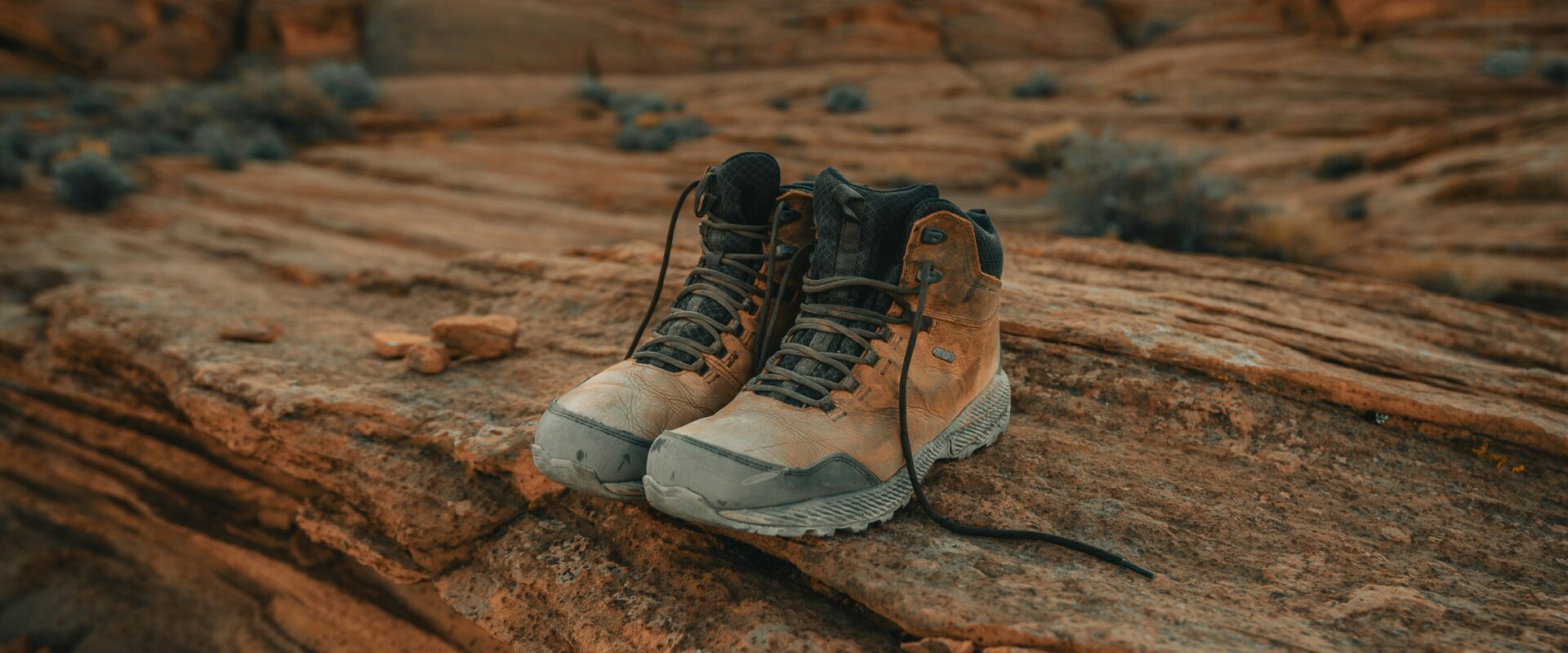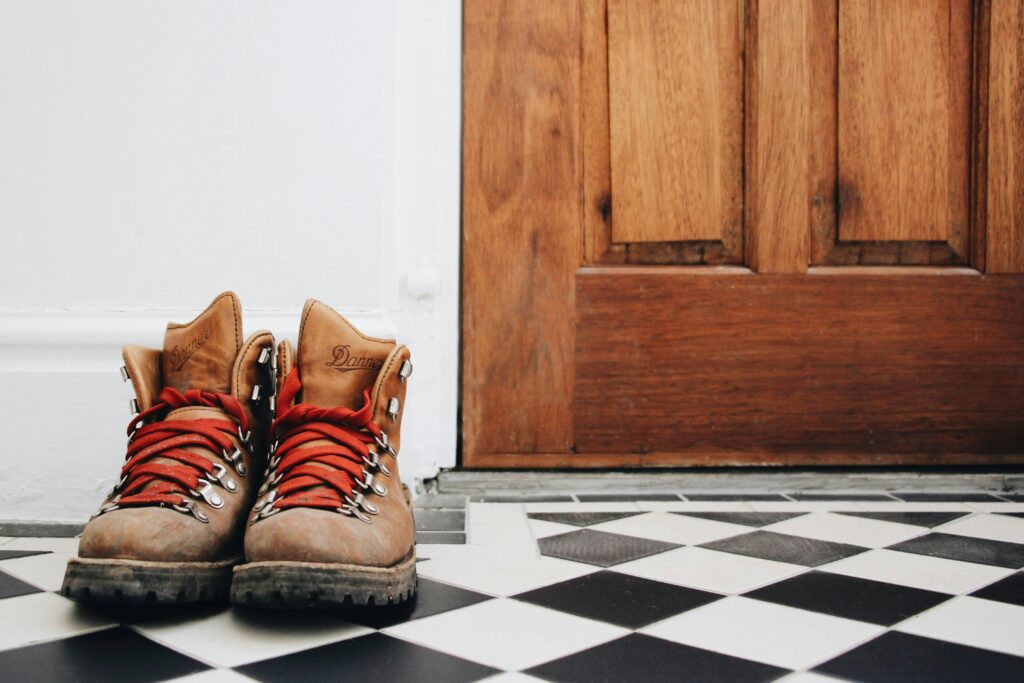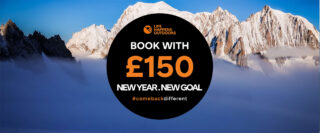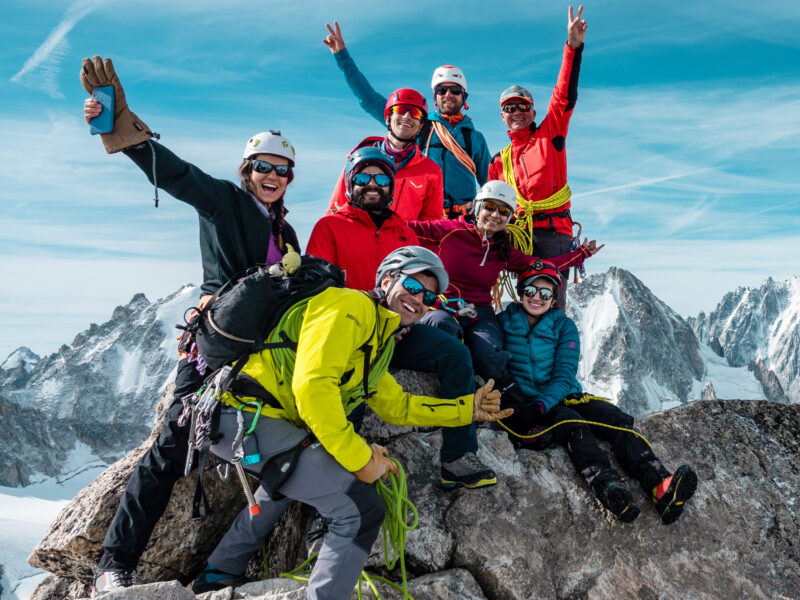BY Rami Rasamny | October 31 2024
Do You Need Crampons for Kilimanjaro?

Climbing Kilimanjaro is a bucket-list adventure for many, and one of the most common questions for those preparing for the trek is whether or not crampons are needed. The good news is that for 90% of Kilimanjaro ascents during the main trekking seasons, you won’t need crampons. Kilimanjaro is primarily a trekking mountain, and while its peak sits at a staggering 5,895 meters (19,341 feet), technical climbing gear like crampons is generally unnecessary.
Kilimanjaro’s Main Trekking Seasons
Kilimanjaro’s main trekking seasons fall between December to March and June to October. These periods are considered the dry seasons, which means the trails are generally free of snow or ice, especially on the popular routes. Even near the summit, where temperatures can plummet and snow occasionally falls, the terrain is usually manageable without specialized gear.
However, some circumstances can arise where there may be a hard snowpack, particularly towards the summit, making it wise to carry light trekking spikes. These spikes offer additional traction on icy or compacted snow but don’t require the kind of heavy-duty boots that are crampon-compatible.
Choosing the Right Footwear for Kilimanjaro
While you likely won’t need crampons, choosing the right footwear for the trek is essential to your comfort and safety. Kilimanjaro’s varied terrain demands robust trekking shoes that provide support and stability. Here’s what to look for:
- High Ankle Support: Kilimanjaro’s trails are rocky, uneven, and, in some places, steep. High-ankle trekking boots help prevent ankle injuries by providing added stability, especially during steep descents.
- Waterproofing: The weather on Kilimanjaro can be unpredictable, and while the main trekking seasons are relatively dry, you may still encounter rain showers or snow higher up. Waterproof boots will keep your feet dry, reducing the risk of blisters and discomfort.
- Comfort and Fit: Comfort is key when you’re spending multiple days hiking. Your boots should feel comfortable after long hours on your feet, which means they must be properly broken in before your trek. Blisters are a common concern for trekkers, and breaking in your boots helps avoid this painful issue.
- Space for Toes: On the descent from Kilimanjaro, your toes will naturally slide forward in your boots. Make sure there’s ample space at the front of your boots so your toes don’t press against the sides. This is crucial for preventing toe injuries like bruising or loss of toenails.
- Heel Stability: While you want enough space in the toe box, your heels need to be stable. Boots that allow too much heel movement can cause painful blisters, especially over several days of trekking. Look for boots that offer a snug fit around the heel.

When Might You Need Light Trekking Spikes?
There are occasions when light trekking spikes may be needed, such as when there’s a hard snowpack near the summit, particularly in the early mornings when the snow hasn’t had a chance to soften. These spikes are simple slip-ons that provide just enough traction without needing crampon-graded boots. Trekking boots with a flexible sole are perfectly compatible with these spikes.
The Exception: Arrow Glacier Route
While the need for crampons is extremely rare on Kilimanjaro, there is one notable exception—the Arrow Glacier Route. This is not a main route and is very seldom attempted by trekkers. The Arrow Glacier route involves technical climbing through ice and snow, making crampons essential. However, this route requires special permits and is not commonly used by those following the more popular trekking routes such as Machame, Marangu, Lemosho, Rongai, Umbwe, and the Northern Circuit.
Conclusion
In summary, crampons are not necessary for Kilimanjaro during most ascents, especially if you’re climbing during the main trekking seasons. At most, you might need light trekking spikes for added security on icy patches, but standard trekking boots with high ankle support, waterproofing, comfort, and proper fit will suffice for your journey. The only route where crampons are required is the rarely used Arrow Glacier Route, which involves more technical climbing and special permits.

So, if you’re preparing for Kilimanjaro, focus on investing in a pair of good trekking boots rather than worrying about crampons. With the right footwear and preparation, you’ll be well-equipped to tackle the Roof of Africa!
About The Author
Rami Rasamny is the founder of Life Happens Outdoors, a premium adventure travel community dedicated to transforming lives through curated outdoor experiences. A mountaineer and entrepreneur, Rami has led teams on some of the world’s most challenging peaks, from the Alps to the Himalayas. His mission is to make adventure accessible, transformative, and safe for all who seek to push their limits and Come Back Different.
About Life Happens Outdoors
At Life Happens Outdoors, we believe in the power of nature to transform lives. As proud members of the Adventure Travel Trade Association (ATTA) and the World Travel & Tourism Council (WTTC), our team of certified guides and outdoor professionals is committed to the highest standards of safety, sustainability, and excellence.
Discover more about our story and mission on our Meet LHO page, or explore our curated adventures such as the Tour du Mont Blanc Trek, the Climb of Kilimanjaro, and Chasing the Northern Lights.















